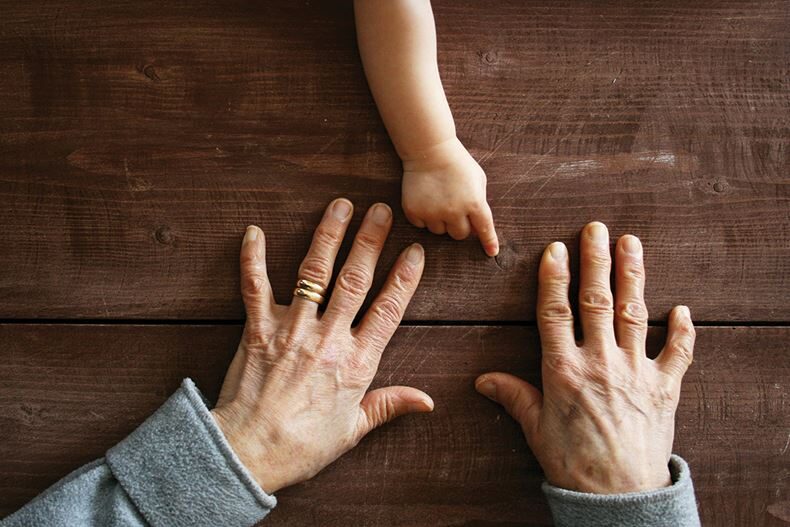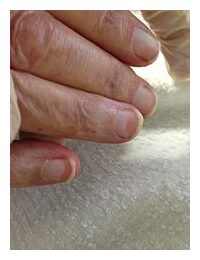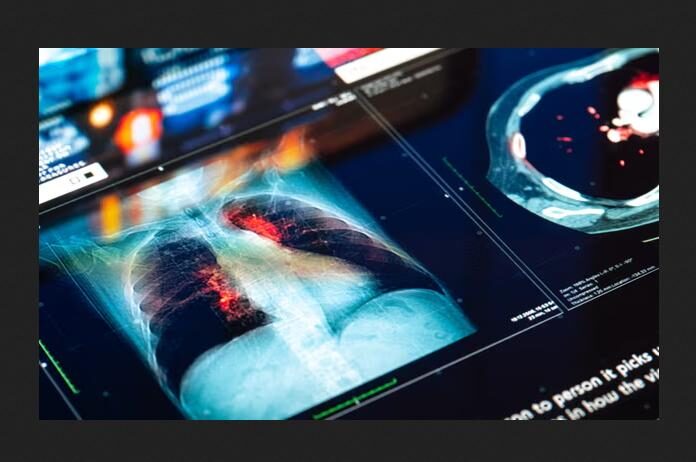
© RooM the Agency/Alamy Stock Photo
The ancient Greek physician
first described "clubbing" in a patient with empyema (where pus fills the space between the lungs and the membrane around it) in the fifth century BC. Clubbing is where the nail looks like an upside-down spoon, and it is still recognised as a sign of disease.

© Hojasmuertas/Wikimedia commons, CC BY-SATypical ground glass appearance of Terry’s nails.
Although nowadays, clubbing is linked to more than just empyema. It is also
linked to cystic fibrosis, cirrhosis of the liver and thyroid conditions.
Another nail change that can signal disease is Lindsay's nails. This is where one or more nails are half white and half reddish brown. Around
50% of people with
chronic kidney disease have nails like this. But it can also be a sign of
cirrhosis of the liver and
Behcet's disease, a rare condition that causes inflammation of the blood vessels.
Terry's nails, where
one or more fingernails have a ground-glass appearance, can also be a sign of
cirrhosis of the liver, but they are also associated with type 2 diabetes, kidney failure and HIV.
And sounding a bit more medical and a bit less like a high street nail bar is
Muehrcke's nails, which is where one or more horizontal lines run across the fingernails. This nail pattern indicates a decrease in the most abundant protein in the blood:
albumin. These nail markings can be an indicator of
kidney disease.
But sometimes changes in nail colour and pattern are not sinister and are merely signs of ageing.
Neapolitan nails, so called because of their three distinct colour zones, are often seen in people over the age of 70 and are nothing to worry about.


Comment: Notably there's no mention of the significant increase in vaccines children in the developed world suffer; nor is there any thought given to society, family, people's mental health, and living standards. all of which are likely to have a significant impact on one's health, and have, overall, deteriorated rapidly in the last few decades.